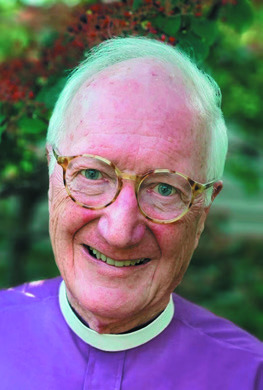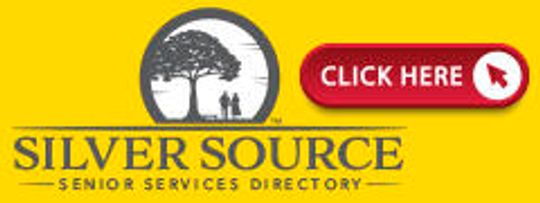The Rt. Rev. Charles Bennison, Vicar, St. Peter’s Episcopal Chapel, Leland Boaters on the Leland River, and residents, tourists, and pedestrians in Leland itself, are familiar with hearing every summer Saturday beginning at 4:30pm the sound of a bagpiper from the Grand Traverse Pipe and Drum Corps playing on the banks of the Leland River prior to celebration of the Holy Eucharist on the lawn of the Leland Library by St. Peter’s Episcopal Chapel at 5:00pm.
Episcopalians began worshiping together in Leelanau County, first in East Leland, in 1908, and in 1964 St. Peter’s was organized as a summer chapel of the Episcopal Diocese of the Great Lakes. Like St. Christopher’s, Northport, the diocese’s year-round parish in the county now in its 53rd year, St. Peter’s welcomes everyone – people of faith, of no faith, and in search of faith.
The liturgical rite for the Saturday Eucharist (or Mass or Holy Communion or Lord’s Supper) is that of the Book of Common Prayer, while the liturgical ceremonial comes from the Celtic contemplative tradition of Ireland, Highland Scotland, the Isle of Man, Wales, and Brittany – peoples known for their love of music, oral expression, and art marked by a stylized view of nature.
The Celts descended from the Galatians to whom the Apostle Paul wrote his famous New Testament letter. From Galatia, a province of the Roman Empire once in the region of present-day Ankara, Turkey, they spread across Europe as “Celts” and “Welsh” in the British Isles, “Gauls” in France, “Galicians” in Spain, and “Galileans” in Palestine. Jesus, a “Galilean,” may have been a Celt.
Galatians is the only letter Paul sent to a people identified with a natural landscape; his other letters went to people in cities – Corinth, Phillipi, Rome, Thessalonica. The difference would be like that between busy, built-up Traverse City and the calm hills and waters of Leelanau County where the Celts would have found what they called caol ait kweel awtch – a “thin place” between heaven and earth, a place where their experience of nature itself reveals the Holy.
Rome had conquered the Galatians militarily when Paul wrote to them, “For freedom Christ has set us free … do not submit again to a yoke of slavery.” Paul argued that, even under Roman oppression, in Christ we can find the human freedom we know, too, in nature – the freedom which is true to our own human nature, when we are free to be all that God created us to be.
Like the Roman Empire, the Roman church, too, tried to assimilate the Celts. But when in 597CE, Pope Gregory missionaries to convert the British Isles, they encountered a people who were already practicing Christians – and who would resist top-down authority.
Exactly when or how Christianity first came to Britain is unknown. But, clearly, its distinct Celtic element – its emphasis on contemplative silence and the natural world, instead of on legal and political structures – persisted. The mother church of the Episcopal Church is not called the “Church in England,” but the “Church of England” – a homegrown Christian community of the land, its natural environment, its people, its culture and language.
Of – the preposition of belonging – marks this afternoon’s Eucharist as “Celtic” by:
• its use of Celtic songs familiar to people of Leelanau County
• its incorporation of long, significant periods of contemplative silence
• its incorporation of brief reflections by people on the “thin place” in their lives
• its use of our own people’s creations – their art, candles, bread, wine
• its honoring of the blessings of Leelanau’s natural landscape given by God’s grace We welcome any and all to join us every Saturday at 4:30pm on the lawn of the Leland Library beside the Leland River.
The Rt.
Rev. Charles Bennison, Vicar, St.
Peter’s Episcopal Chapel, Leland








